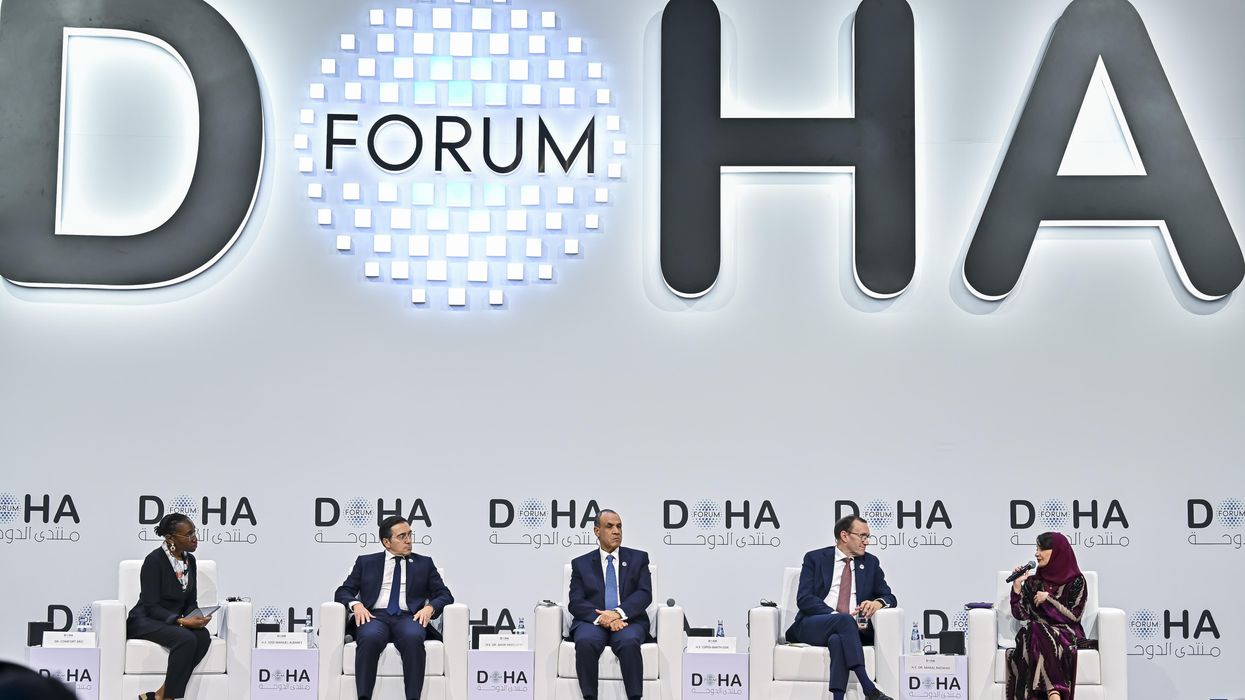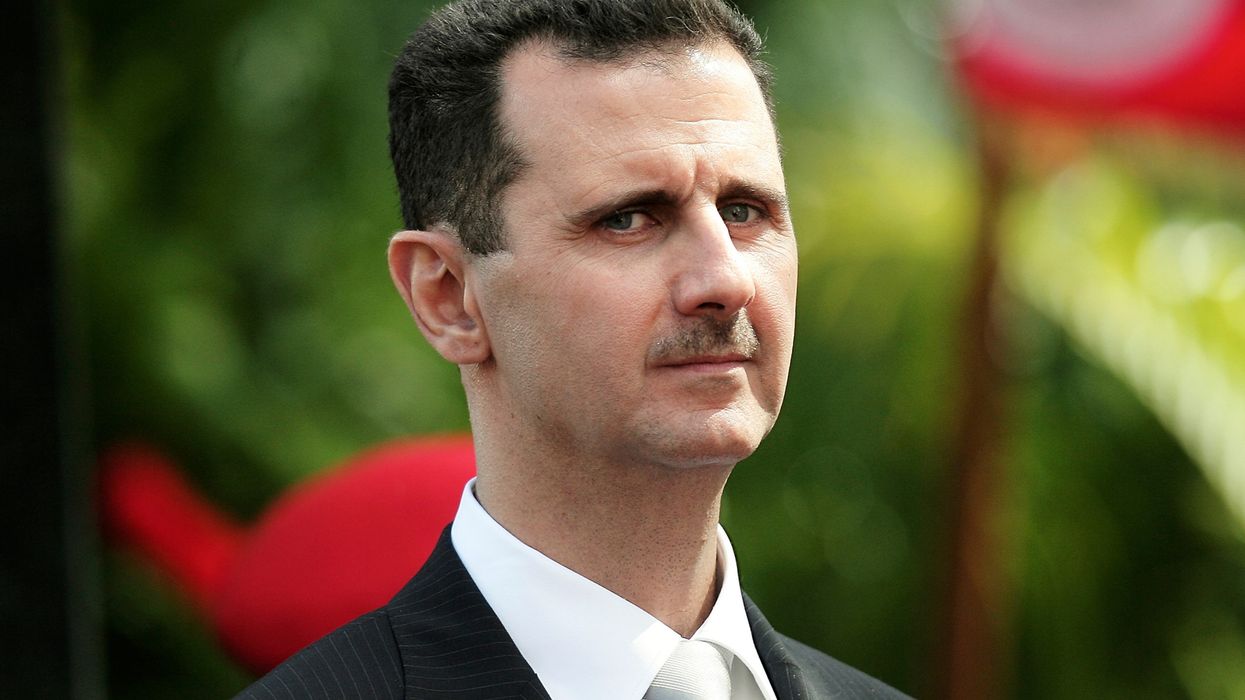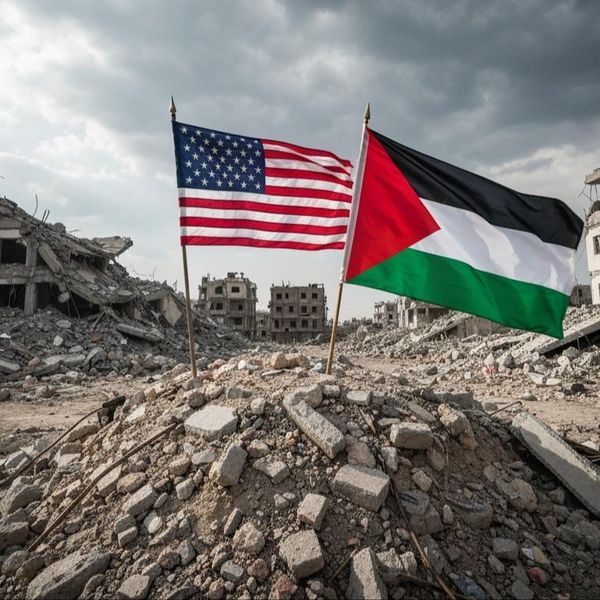Reports today indicate that both the Israelis and Hamas have agreed on a deal that would call for an immediate cessation of fighting and return of hostages and prisoners on both sides in a first phase.
Both parties are expected to sign the agreement and the Israeli cabinet will vote to approve it afterwards. The deal would supposedly see a partial withdrawal of Israeli forces from the ground in order for the hostage-prisoner swaps to proceed, but the thornier issues of Hamas disarmament, governance, full Israeli withdrawal and a complete end to the war have been left to hammer out in later phases.
It remains to be seen if this is fully implemented and successful, but if it will secure an ultimate end of the genocide and the release of the hostages, then that is a crucial achievement.
There is a risk that the deal repeats Trump's previous phased agreement that ended up only becoming a prisoner exchange rather than an end to the slaughter. At the time, in March 2025, Israel had already killed some 48,000 Palestinians in Gaza; today, 67,000 and likely many more are dead.
Israel decided to break that first agreement and resumed the war, and as a result, Phase II of the previous agreement was never reached.
Some commentators in Israel are already declaring that there is no intent on the Israeli side to reach Phase II and end the genocide. Rather, this is just a “hostage deal, and a ceasefire while talks continue in good faith.” That is, a tactical pause before Israel restarts the slaughter.
On the positive side, the fact that Trump is making this such a personal success for himself may imply that he will be far less forgiving if Israel sabotages the deal once again. This, it seems, is what the Palestinians and the Arab states are counting on.
Bottom line is that Trump must retain pressure on all parties — particularly Israel — to ensure that the prisoner exchange is followed up with a full end to the war.
The fact that Trump and his team could step in aggressively to get a deal done this week shows that the war could have ended much earlier had the U.S. pressured the Netanyahu government appropriately earlier. The key reason Trump moved forward with pressure on Israel at this point is because of Israel's overreach by bombing Qatar in September.
It made the White House recognize that Israel's recklessness was increasingly becoming an American problem.
Add to this another key factor: Israel was increasingly becoming a political burden for Trump. Israel’s popularity has been tanking among Trump’s America First constituency. The sheer amount of Trump’s time Israel was demanding - from Gaza to Lebanon to Iran - was seen as undermining Trump’s domestic political priorities while dragging the US once again into unnecessary Middle East conflicts.
Trump has himself pointed to this, saying that his voters have turned against Israel. “My people are starting to hate Israel,” Trump told a donor already in July. Major voices in MAGA, such as Tucker Carlson, Steve Bannon, Candace Owens, and, privately before he was assassinated, Charlie Kirk, view blind support for Israel as incompatible with the America First approach.
Israel‘s international isolation also imposed a cost on the US since it is Washington that is constantly tasked to defend Israel and insulate it from international pressure. Trump reportedly told Netanyahu that Israel cannot fight the entire world. The implicit message was that the US can no longer spend its political capital defending a reckless and recalcitrant Israel.
And of course, beyond the immeasurable human suffering, the war has cost U.S. tax payers $21.7 billion and counting, and turned an increasing number of conservatives against Israel.
Trump, of course, is eyeing a Nobel Peace Prize. But ceasefires do not warrant such prizes. Much more must be achieved. If Trump keeps up the pressure on Israel, peace can be secured. And so can the coveted peace prize.
- US depleted its missiles in Ukraine, Israel. Now it wants more fast. ›
- $21.7 billion in US military aid has fueled Israel's war on Gaza ›
- Will this deal work? Netanyahu has gamed everything his way so far. | Responsible Statecraft ›
- Israel hosts 'peace president' Donald Trump, calls him a 'colossus' | Responsible Statecraft ›
- Gaza ceasefire hanging by a thread | Responsible Statecraft ›
- The Gaza ceasefire is falling apart | Responsible Statecraft ›
















